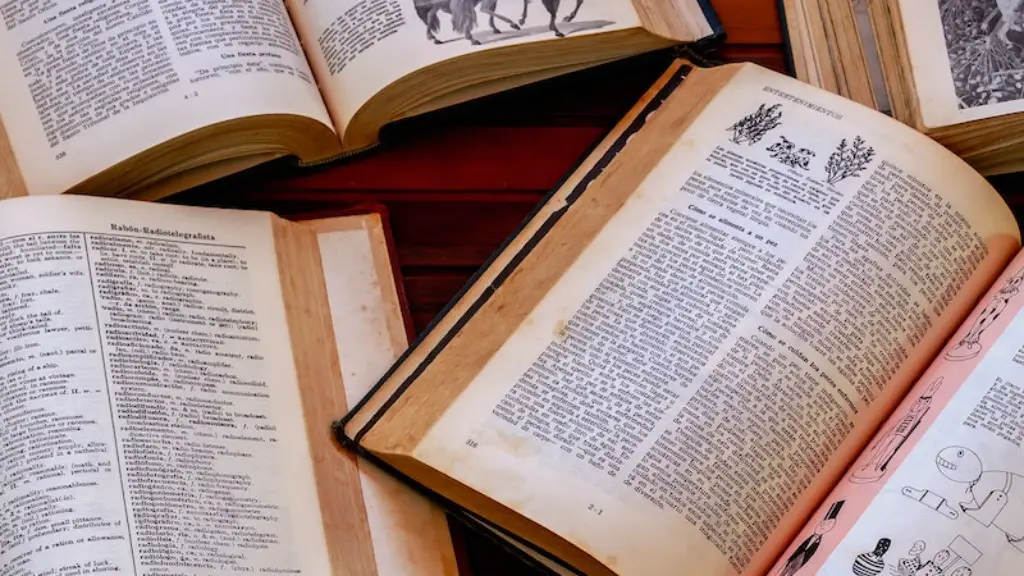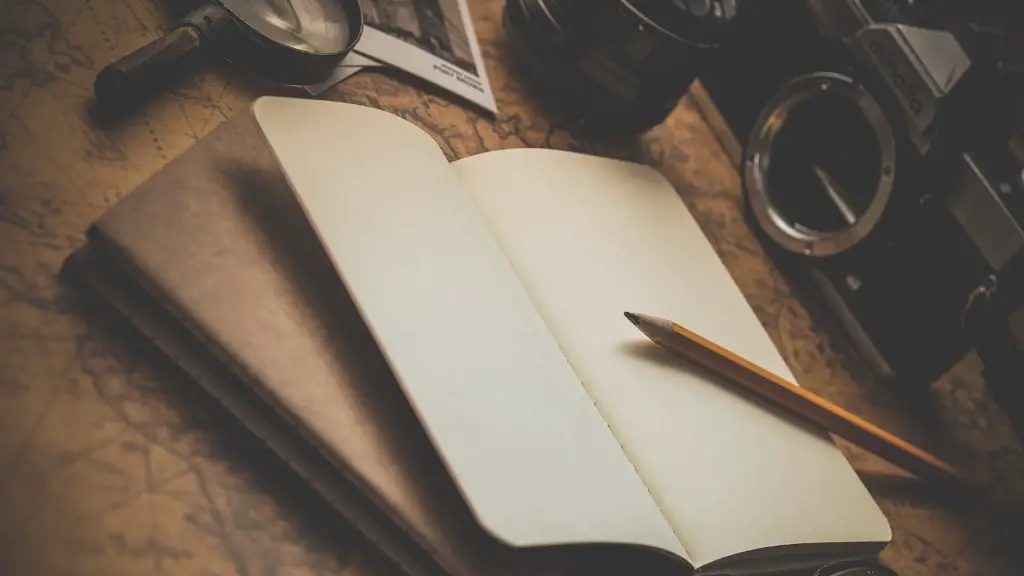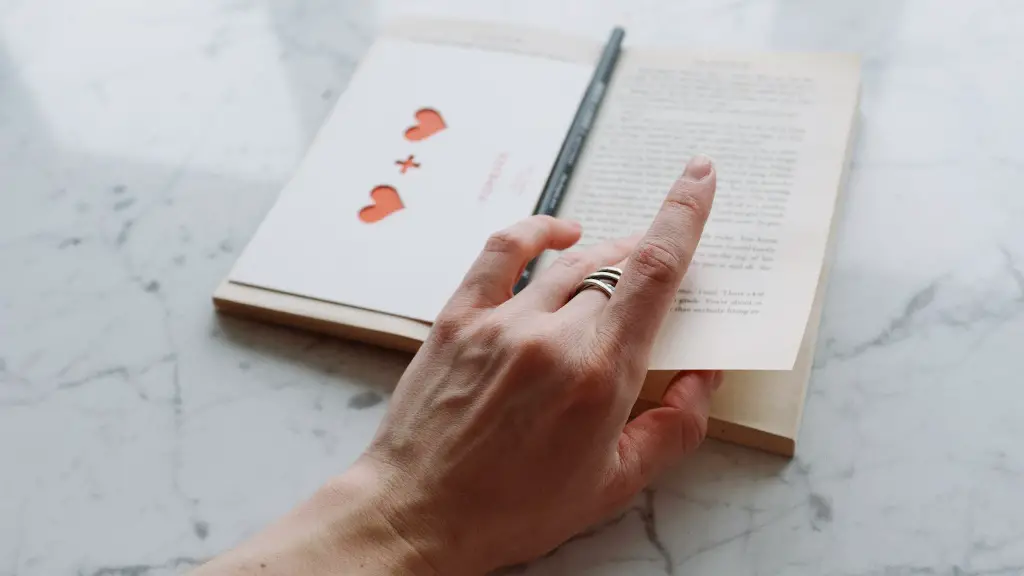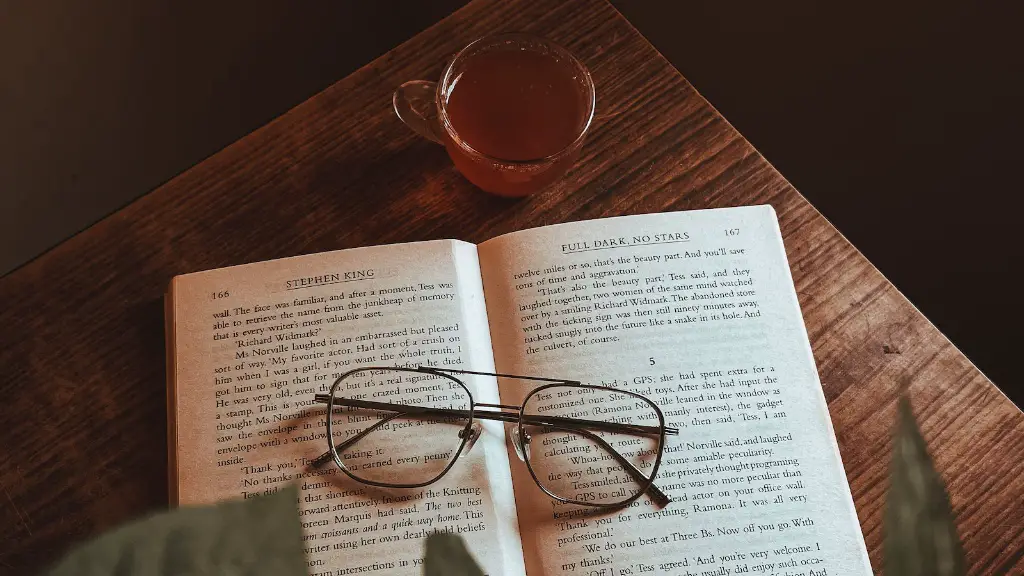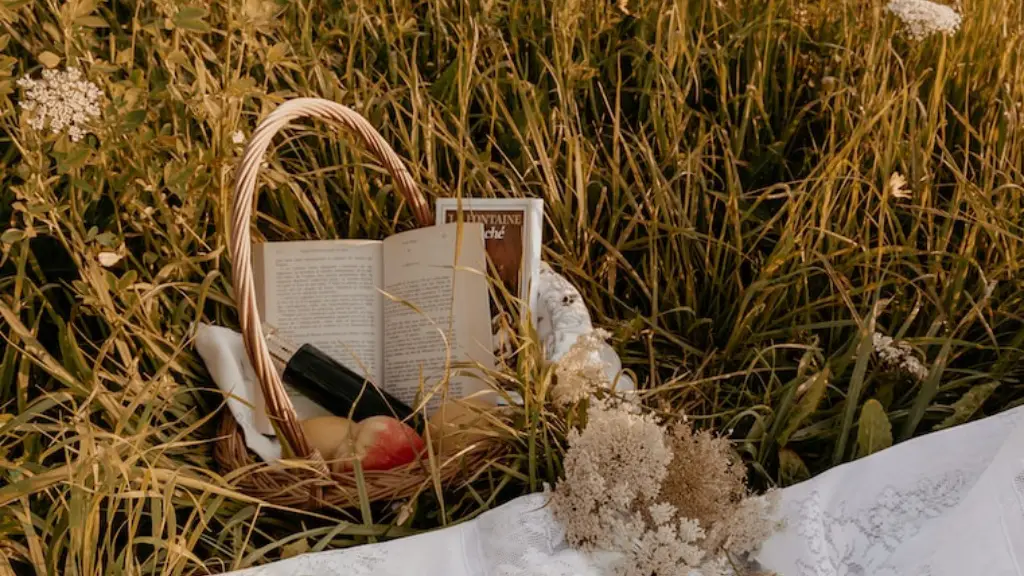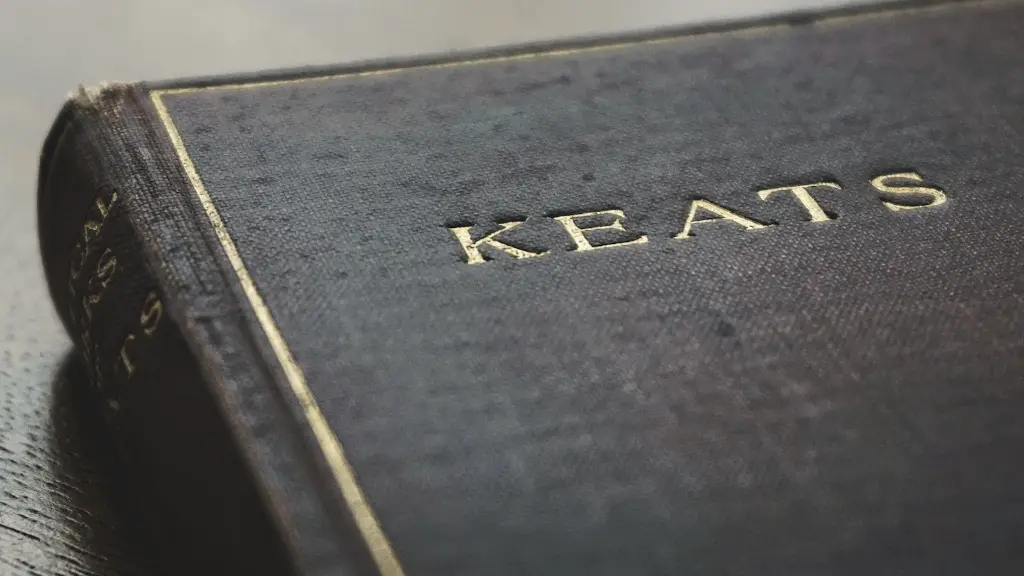The Meaning of Color in Poetry
The power and meaning of color in poetry is a subject of much debate among literary scholars. The use of color in literary works can be seen as a rather creative way to represent various topics, ranging from feelings and emotions to abstract concepts like death and love. In addition, the colors used in a poem can help to convey the message and tone of the work. It is perhaps for this reason that color is such a popular object of discussion among students of literature.
When discussing the role of color in poetry, most critics focus on the symbolism and symbolism of the colors. Some poets use color to represent abstract belief systems or ideas, while others use color as a representation of the tangible natural world. Green, for example, often symbolizes new beginnings or growth, while blue symbolizes longing or sadness. Each color carries a unique message and can be used to reinforce the sentiment of a poem.
Aside from its symbolic meaning, the use of color in poetry also serves practical purposes. One specific example of this is the use of color to manage the tone and emotion of the piece. It is often said that certain colors evoke certain emotions, and this is certainly no less true in a poetic setting. By changing the colors used in a poem, the poet can quickly change the reader’s overall feeling of the poem.
The use of color in poetry is also thought to be a way of expressing mood. Poems often use colors to set the tone of the poem, with colors like dark colors representing sadness, while light colors represent hope or joy. This can be seen often in poems with a specific religious or spiritual context, as colors are used to represent different aspects of religion or spirituality.
Finally, color in poetry can also be used to create an atmosphere for a particular poem. Colors such as red or deep purples can create a sense of mystery in a poem, while pale blues can signify peacefulness or intimacy. In this way, colors can be used as a way to create a certain mood that the poet wants to evoke in the poem.
The Role of the Reader
The role of the reader in interpreting color in poetry cannot be dismissed. In fact, the reader is responsible for interpreting the poet’s use of color as he or she reads the poem, and can even take it a step further by personally relating to and understanding the colors used in the poem. Thus, color in poetry can be a way for the poet to connect with the readers on a more personal level, as they can understand the colors used in the poem in a more intimate way.
It is also important to note that the colors used in a poem reflect the poet’s individual beliefs and ideas, as well as his or her personal experience. Because of this, readers must attempt to be accepting of the colors and symbolism used in the poem, even if they do not necessarily fully understand them. This is because the colors used in the poem represent the poet’s unique perspective and viewpoint, and the colors may even be essential to the poem’s overall message.
The ability of the reader to interpret and make connections from the colors used in a poem should never be underestimated. It is this ability which allows the reader to gain a deep understanding of the poet’s use of color, and how it works to convey certain feelings and ideas. As they say, “a picture is worth a thousand words”, and in this case, the colors used in a poem can often convey a deep and meaningful message.
Implications of Color in Poetry
The implications of color in poetry can vary greatly depending on the poem itself. In some cases, the colors used can represent certain aspects of the poem’s deeper message, while in other cases they can be symbolic of certain topics or themes. Moreover, colors used in a poem can also signify political or religious beliefs as well.
The way a poet chooses colors can also show what kind of writing style he or she employs. For example, writers who prefer to paint vivid images with words often use bright colors in their work, while those who prefer to use more subtle techniques often choose darker colors. While this is not always true, it can be a helpful indication of the writer’s personal tastes and techniques.
In addition, the use of color in poetry can also reflect the message of the poem. For example, red may be used to represent anger or passion in a poem, while blue may be used to represent a feeling of serenity or calmness. Thus, by considering the colors used in a poem, one can gain a better understanding of the poem’s overall message.
Significance of Color in Poetry
The significance of color in poetry is undeniable, as it can help to enhance the overall message and meaning of a poem. By carefully selecting colors, the poet can emphasize certain aspects of his or her writing, as well as create an emotional atmosphere that resonates with the reader. The colors chosen can also represent different beliefs and ideas, while also providing symbolism that adds to the poem’s overall message.
Moreover, the colors used can also help to set the tone of a poem, as well as guide the reader through it. Depending on the colors used, the poem can take on a sad, joyful, dark, or more intimate tone. Thus, the colors used are an integral part of the overall experience of reading a poem.
The role of color in poetry is often overlooked, but its use is just as important as any other element of the poem. Along with carefully chosen words and phrases, the colors used in a poem can come together to create a work of art that speaks to its audience in ways that words alone cannot.
Exploration of Color in Poetry
There are many ways to explore the use of color in poetry. One way is to look at the poem and take note of the colors used and how they affect the overall feeling of the poem. For example, look at the colors used in relation to the mood and theme of the poem. Do the colors help to emphasize certain aspects of the poem?
Another way to explore the role of color in poetry is to read poems by different poets. Notice how the colors within each poem affect the overall message of the poem. Is there a certain color that is used more often than others, and if so, how does this affect the poem?
It is also important to consider the use of color in one’s own work. Are there certain colors that help to convey certain feelings or messages? Do certain combinations of colors work better than others? By exploring the role of color in one’s own work, one can become more familiar with how to use color effectively in his or her poetry.
Understanding Color in Poetry
While everyone’s interpretation of color in poetry may be different, understanding the use of color in poetry is important to becoming a skilled poet. By observing the way other poets use color, readers and writers alike can gain insight into how to incorporate color into their own works. In addition, by carefully considering the colors used in one’s own work, writers can gain an insight into the overall message and emotion behind their poems.
It is also important to understand that the use of color in poetry is not a formulaic process. Much like the words used to create a poem, the colors used can evoke different feelings and emotions in each person. Therefore it is important not to be discouraged if one’s interpretation of color in a poem is different than someone else’s.
In conclusion, the use of color in poetry can add a whole new dimension to a poem, both in terms of message and emotional atmosphere. Not only can the colors used in a poem help to convey deeper messages and emotions, but they can also become important symbols within the poem. Therefore, the use of color in poetry should be carefully considered and explored, in order for the writer to get the most out of his or her work.
